How To Shoot A Portrait With Phone Camera
Before the days of smartphones — if yous tin call up such a time — taking a great photo was a labor-intensive procedure. You'd Simply, thanks to our mobile devices and the editing apps that come with them, we tin at present accept Brands are catching on, too — these kinds of visuals remain important to marketing. But make no mistake: Taking a groovy photo on your smartphone is not every bit uncomplicated as pointing and shooting. There are plenty of bad smartphone photos out at that place — I'1000 sure you've seen at least a few. What'south the hugger-mugger to taking great pictures with your smartphone, and so? As it turns out, there are a few of them. Check out these tips beneath to ameliorate your smartphone photography game. (And once y'all accept the photo-taking function down, bank check out some of the best photo editing apps for mobile.) One of the easiest and best ways to improve your mobile photos is to plough on the camera's gridlines. That superimposes a series of lines on the screen of your smartphone'south camera that are based on the "rule of thirds" — a photographic composition principle that says an paradigm should exist broken down into thirds, both horizontally and vertically, so you lot have nine parts in total. Co-ordinate to this theory, if you place points of interest in these intersections or forth the lines, your photograph volition be more than counterbalanced, level, and allow viewers to collaborate with it more naturally. Source: Digital Photography School To switch the grid on ... Source: Lynda.com Today'due south phone cameras automatically focus on the foreground of your frame, only not every picture you take on your phone has an obvious subject. To adjust where you want your camera lens to focus, open your photographic camera app and tap the screen where you want to sharpen the view. If you're taking a photo of something in move, for instance, it can be difficult for your photographic camera to follow this bailiwick and refocus as needed. Tap the screen to correct your phone camera's focus merely before snapping the picture to ensure the moving subject has every bit much focus every bit possible. A square or circular icon should then appear on your photographic camera screen, shifting the focus of your shot to all of the content within that icon. Many of the best photos include but 1, interesting subject. And then when taking a motion-picture show of one, spend some actress fourth dimension setting upwards the shot. Some professional photographers say that the subject area shouldn't fill the entire frame, and that two-thirds of the photograph should be negative space — that helps the discipline stand out even more. But exist sure yous tap the screen of your smartphone to focus the camera on your field of study — that'll assistance to ensure that it's focused and the lighting is optimized. Pro Tip: Once you've taken your photo, you can use filters and apps to make the subject fifty-fifty more than bright, or to crop it to frame the subject field correctly. The brightness, contrast, and saturation of the photo can besides exist adjusted accordingly — all from your phone. Source: Patrick Janelle "Negative space" simply refers to the areas around and between the subjects of an image — and it can take a photograph from "good" to "corking." When you lot include a lot of empty infinite in a photo, your subject field will stand up out more and evoke a stronger reaction from your viewer. And what does negative space looks like? It's often a large surface area of open heaven, an empty field, a big wall, or water, equally in the example below. Source: Eric Christian Taking photos from a unique, unexpected angle can brand them more memorable — it tends to create an illusion of depth or height with the subjects. It also makes the epitome stand Endeavour taking a photograph straight up and playing with the heaven every bit negative space, like in the first photo below. Or, yous tin try taking it at a slight downwardly bending. Pro Tip: If y'all take a photograph and find the perspective is a little askew or tilted, employ the SKRWT photo editing app to make the lines await clean and foursquare. Source: iPhone Photography Schoolhouse; Paul Octavious There'south something so idyllic nearly seeing the sky reflected in a body of water. There'south a reason why we love seeing that — our eyes are drawn to reflections. So expect for opportunities to play with them in photos. At that place are plenty of out-of-the-box places to find reflections — puddles, larger bodies of water, mirrors, sunglasses, drinking spectacles, and metallic surfaces are just a few. Source: Joshua Lott In some photos, at that place's a line that draws the viewer'due south middle toward a certain office of the frame. Those are called leading lines. They tin be straight or Leading lines are keen for creating a sense of depth in an epitome, and can brand your photograph look purposefully designed — even if you just happened to come upon a really absurd shape by accident. Source: Carlos Symmetry tin can be defined equally "a vague sense of harmonious and beautiful proportion and balance." And pictures that contain symmetry tin can be incredibly pleasing to the eye — it's also one of the simplest and most compelling ways to compose a photo. In photography, symmetry usually ways creating an epitome that can be divided into two equal parts that are mirror images of each other. That'south a fleck different than reflections — symmetry tin be institute "in the wild," as per the staircase picture, or you tin set up your photograph And call back — use those gridlines from tip #1 to line everything upward perfectly. Source: Eric Christian Repetitive patterns are very pleasing to the eye — they appear whenever strong graphic elements are repeated over and over again, similar lines, geometric shapes, forms, and colors. These patterns tin brand a strong visual bear upon, and photographing something like a beautiful, tiled flooring can be enough to create a striking image. Other times, it'south more fun to keep an middle out for where they appear naturally or unintentionally, like with the congruent fire escapes on the left. Source: Patrick Janelle Isn't it cool when an entire photo is black and white, except for a single object? It turns out that yes, indeed, there are apps for that. One of our favorites is Impact Color — an app that automatically converts a flick to grayscale and lets yous fill in the parts you desire to colorize. Colour blocking tin can assist to highlight the elements of a photo that y'all want to stand up out, like a plant or something else with a bold hue. It achieves a similar goal as negative space, in that it can aid a unmarried subject stand out — only with color blocking, the photo's other elements remain intact for a cohesive epitome. Source: Coloring Pages When you take a photo from a altitude, it'southward tempting to zoom in on something specific y'all're trying to capture. But it's actually meliorate not to zoom in — doing and then can make the photo appear grainy, blurry, or pixelated. Instead, try to get closer to your bailiwick — unless it's a wild fauna, in which case we would advise keeping your distance — or have the photograph from a default distance, and ingather it afterwards on. That way, you won't compromise quality, and it's easier to play effectually or optimize a larger image. Source: Obama Pacman You may accept heard the phrase, "It's the fiddling things." Sometimes, that likewise applies to photos. Close-upwards images that capture modest, intricate, and delicate details tin make for really compelling visual content. Keep an heart out for textures and patterns like peeling paint, a gravel route, or a tile tabletop. Pro Tip: Employ the "acuminate" tool in your favorite photo editing app to (conservatively) sharpen the details of your photo. You might also download the Photographic camera+ app and utilize its Clarity filter, which is what The Wall Street Journal'south Kevin Sintumuang calls the app's "clandestine sauce — it adds pro-photographic camera crispness to near any shot." Source: Eric Christian It's difficult to find a great smartphone photo that was taken with a wink. About of the time, they brand a photo look overexposed, negatively altering colors and making human subjects await washed out. In fact, fifty-fifty the iPhone vii'due south wink is rumored to have some flaws. Take advantage of the sources of natural light you lot can discover, even after dark. This gives you a chance to play with shadows, similar in the second image beneath, or create a silhouette with other ambient sources of light, like traffic and surrounding buildings. Once you've taken the photo, play with the "Exposure" tool in your favorite photo editing app to see if y'all can make the prototype slightly brighter, without making information technology too grainy. Source: Paul Octavious Sometimes, using your photographic camera'south flash can improve a photograph — just rarely does it exercise and so at dark. Because night shots reveal a much sharper dissimilarity against your phone's wink, it can make any wink look look invasive and uneven In already well-lit spaces, however, a flash can aid to soften some dark shadows behind or beneath your main subject. When framing your side by side shot, look on the ground or against vertical surfaces for any dark shadows you might desire to remove. If you see any, flip on the wink manually in your camera app. Setting your telephone'south camera flash to "auto" won't guarantee that your phone will find the shadows you want to go rid of. Only think to plow the flash off again when you're done. Consider the importance of flash for enhancing or hiding sure lines and features the next time you lot're shooting product photography. Although mobile devices brand information technology easy to snap any photo on the go, there's never been an easy way to ensure the shot stays level and balanced when you lot shoot — specially if you desire to be in the pic and not merely take a typical selfie with your extended arm. Mobile tripods requite you the freedom to mountain your smartphone for quick easily-free shots without lugging any heavy equipment with you. Well-nigh mobile tripods are barely bigger than your mobile device, and tin bend to any angle. Bank check out ane of them from Joby, above, and learn how these miniature tripods tin can help enhance your mobile video experience below. Another mobile camera characteristic you'll desire to fix manually is your exposure. Tapping your screen when your phone's camera is on doesn't just refocus the lens on a new subject — it also automatically adjusts how much lite the camera lets in. This, too, won't ever look just correct. Information technology's best to adjust it past hand. To change your mobile camera's exposure by hand, open your camera app and tap the screen. When you see the lens refocus, y'all'll see a very minor dominicus icon and a vertical scale. Slowly swipe your finger up and downwardly this scale to conform the lite level. Abstract photos are meant to capture the essence of an object, or a series of them, without revealing the unabridged landscape equally a whole. In other words, they serve the purpose of creating unique, surprising images from ordinary subjects. This look can be accomplished past cropping an abstract portion of an otherwise normal photo, or by taking close-up shots of objects that leave the viewer wondering — in admiration, of course — what the discipline might exist. And subjects with patterns or repetition are great candidates for abstract photography, similar in the photo of sliced figs beneath. Source: iPhone Photography School Posed photos can be great for the sake of memories — happy moments with friends, family, or the occasional run-in with a celebrity. But sometimes, aboveboard shots of people doing things, or people with people, can be far more than interesting. That's because candid photos are better able to finer capture the emotion and essence of a moment. One of the best ways to capture this kind of shot is to just take as many photos as possible. You'll have more to choose from, and the all-time photos often happen when the "stars marshal," so to speak, in a unmarried moment — everyone's eyes are open up, one person is tilting their caput merely and so, and you finally got a shot of your chronically airtight-lip friend grin with his teeth. Source: Patrick Janelle Endeavor thinking outside of the box when it comes to what you're capturing — your viewers could be pleasantly surprised past a absurd or unexpected subject. Source: Paul Octavious Speaking of evoking emotion, sometimes the about memorable photos are the ones that brand usa giggle. The image below of an older woman wearing a brightly-colored shirt stating "Howdy hater" is funny because it's unexpected — and in that location'southward a part of us that admires her, besides. The second epitome of the canis familiaris toy on a dinner plate pokes fun at classic Instagram food shots, only information technology's from a dog's perspective. If you can make your audience express joy, they're likely to enjoy your photo. Source: Jeremy Veach A smartphone photographic camera might be more convenient to carry around than a total-fledged photojournalist'southward camera, but it comes at the price of protection. Your phone is ordinarily in your pocket or your bag when you're out of the firm. All the while, the device's camera lens is collecting all kinds of dust and lint. Be certain to clean this lens with a soft handkerchief before taking a photograph. You might not exist able to tell just how muddied the lens was until you start editing your picture, and making sure the lens is crystal clear before taking a shot can continue you from starting from scratch. Desire to get really fancy? External lenses are for you lot. There are actually several out there that tin exist attached to the meridian of your smartphone'due south native camera lens — from fish-centre to broad-bending lenses, these add-ons can bring an entirely new quality and perspective to your photos. Co-ordinate to Wirecutter, the all-time camera lenses for iPhone photography are made by Moment, a manufacturer of mobile lenses. Start in that location, or do some enquiry to find the lens add-ons that fit your smartphone photography needs. Source: MobileFun.co.uk Composing and taking your smartphone photograph is merely the first footstep to making it visually compelling. Editing your photos is the next step — and a very critical one, at that. Filters tin exist a valuable photographic tool, particularly when it comes to two goals: ane) Removing blemishes from a picture, and 2) making food look even more than delicious. For the first, InStyle magazine compiled a fun listing of "The Best Instagram Filters for Every Dazzler Complaint" — and now, the iPhone photos app offers many similar filters. In that location are too apps like Pho.to, which can automatically retouch facial photos without a lot of work. And when it comes to those photos of your daily meals? Ane of the latest apps available is Foodie, which comes with its own ready of filters optimized for unlike types of food. But in that location are many other great photograph and video editing apps out there for mobile devices — check out this post to see some of the best ones out there. Source: LINE Corp. Desire more tips on creating visual content? Check out these examples of explainer videos. Editor's note: This post was originally published in November 2018 and has been updated for comprehensiveness. 
How to Take Practiced Photos With Your Phone: 25 Tips & Tricks
one. Use gridlines to balance your shot.
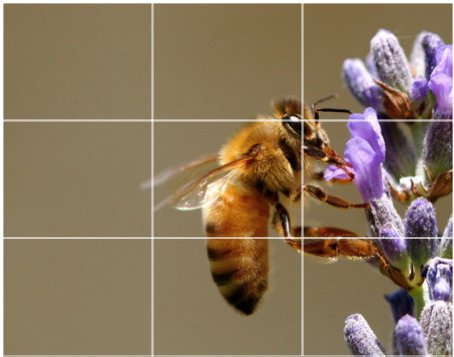
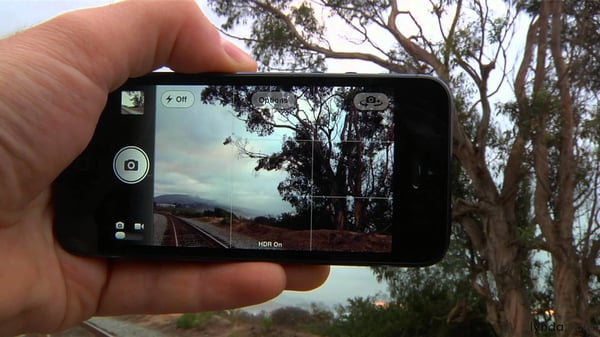
two. Set up your camera's focus.
3. Focus on one subject.
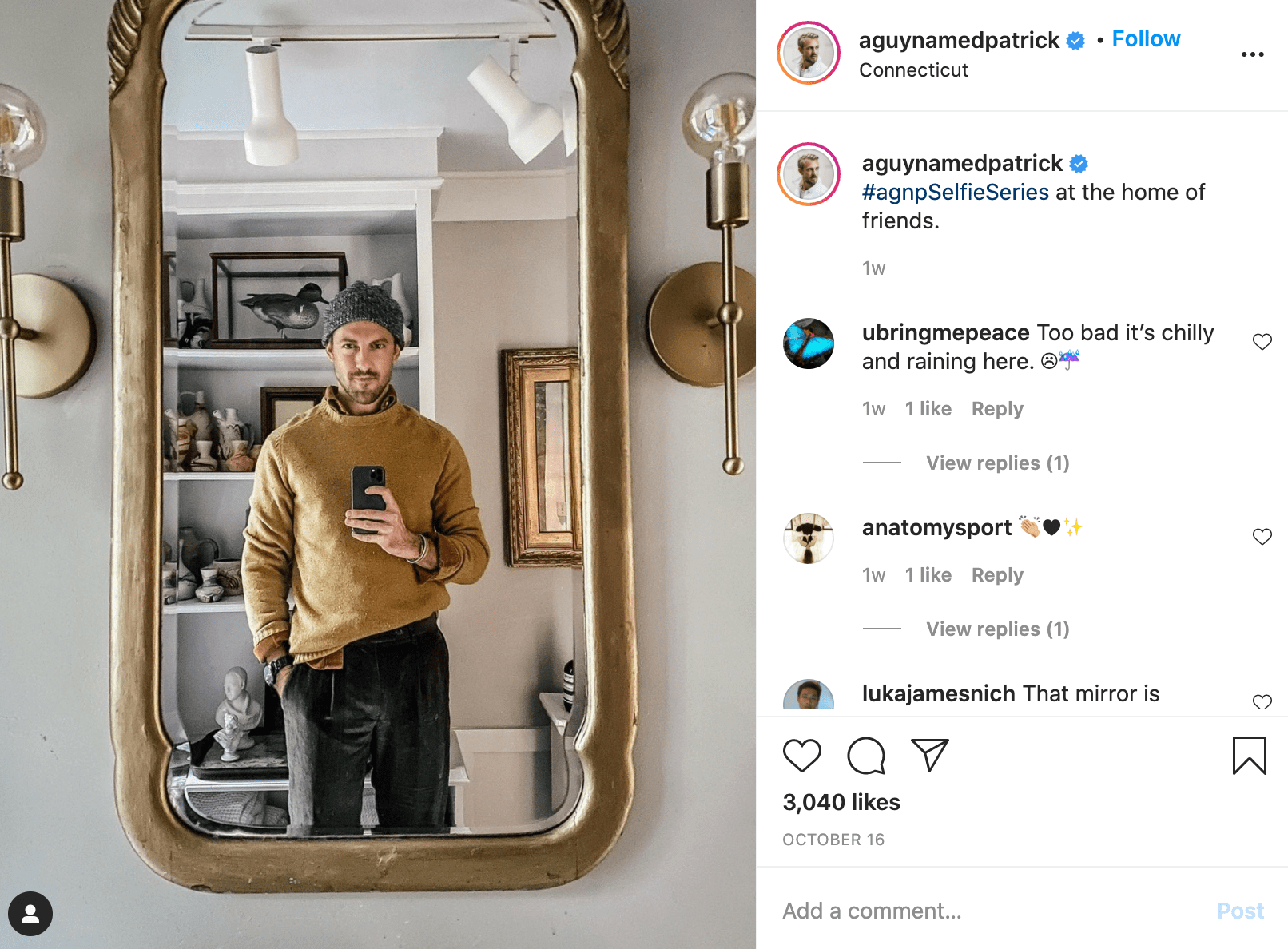
4. Embrace negative space.

5. Find unlike perspectives.

6. Play with reflections.
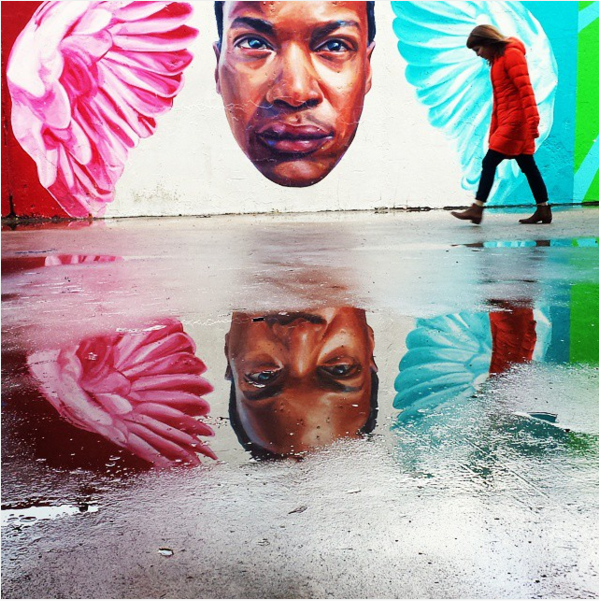
7. Use leading lines.
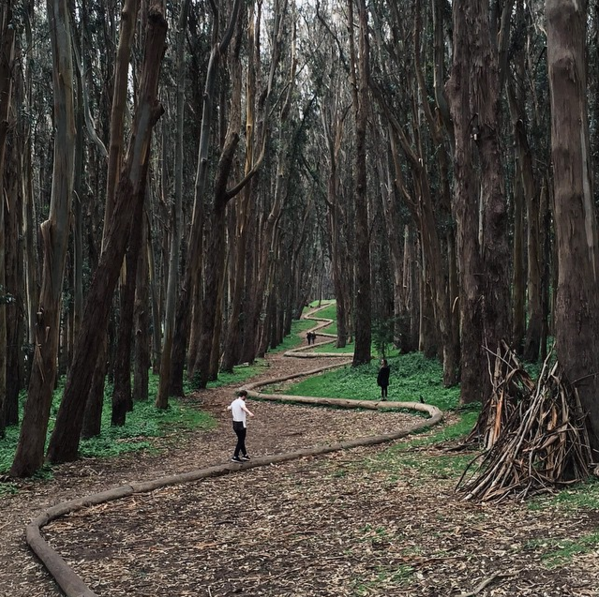
viii. Look for symmetry.

9. Continue an eye out for repetitive patterns.

x. Play effectually with color blocking.

11. Avoid zooming in.
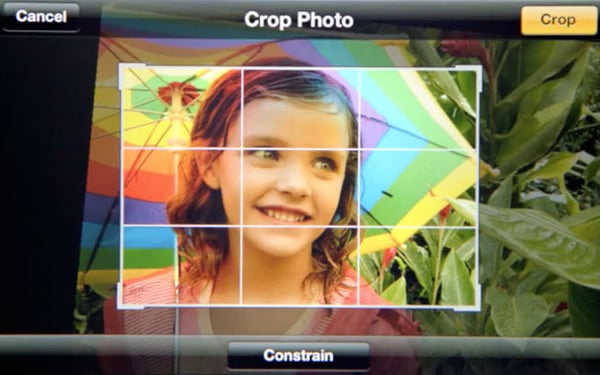
12. Capture small details.
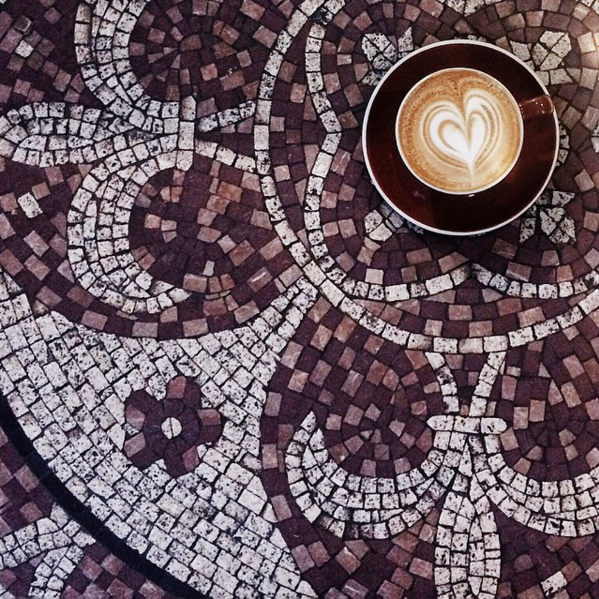
thirteen. Use natural low-cal.

14. If you use flash, simply do and then during the twenty-four hour period.
fifteen. Consider ownership a mobile tripod.
16. Gear up your camera app'southward exposure manually.
17. Create abstracts.
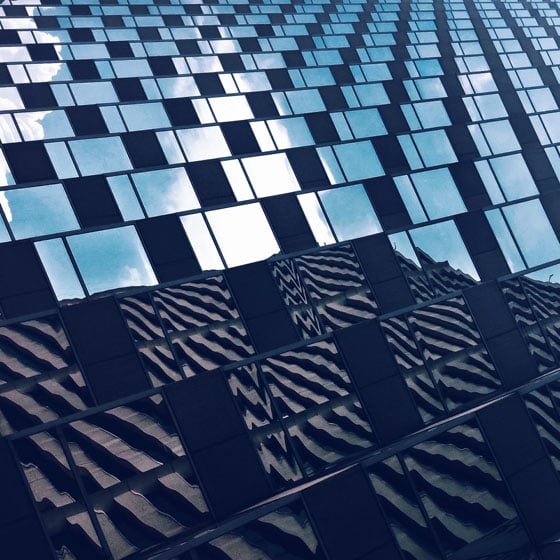
18. Take candids.

19. Be non-conventional.
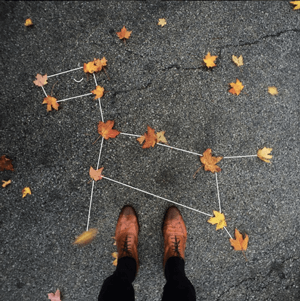
20. Make 'em laugh.

21. Clean your telephone's lens.
22. Attach an external lens.

23. Don't exist afraid to edit.



Originally published Oct 19, 2020 7:00:00 AM, updated October 26 2020
Source: https://blog.hubspot.com/marketing/good-pictures-phone-tips
Posted by: walkerlonsind.blogspot.com


0 Response to "How To Shoot A Portrait With Phone Camera"
Post a Comment